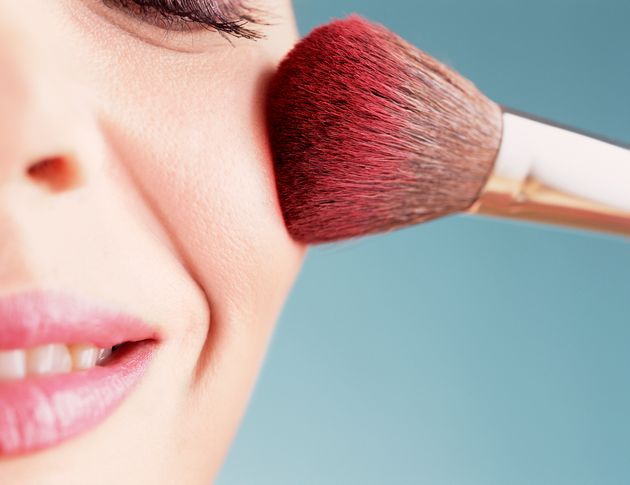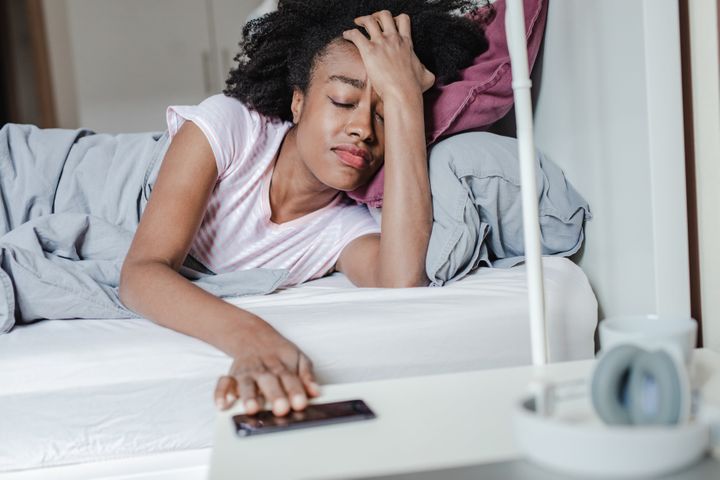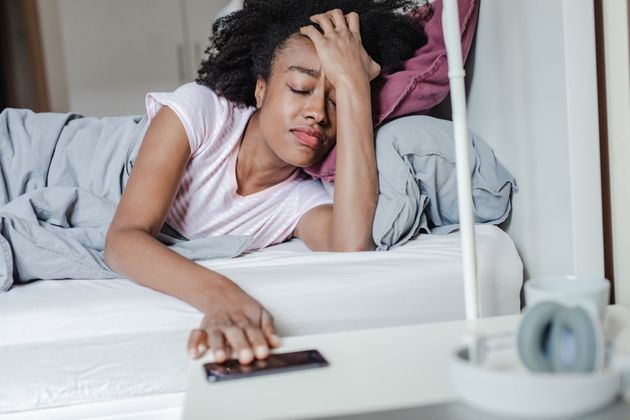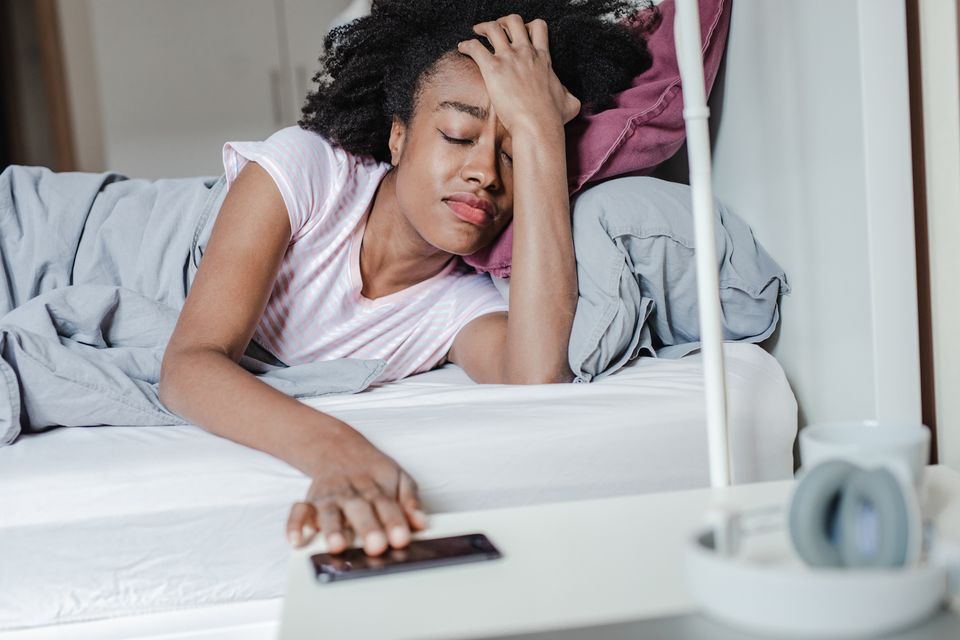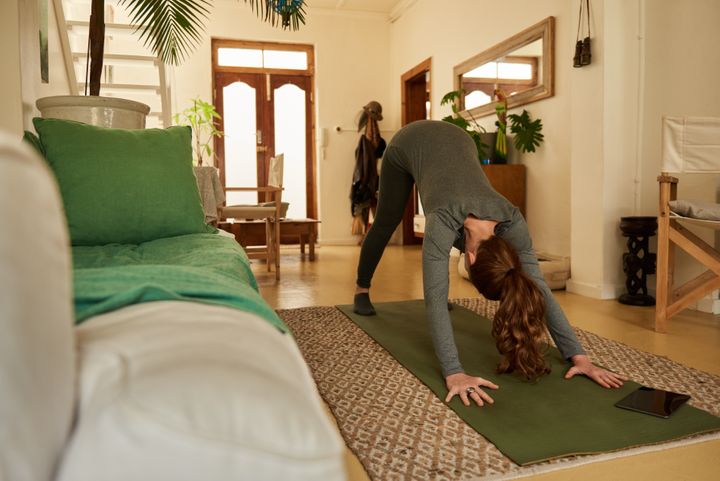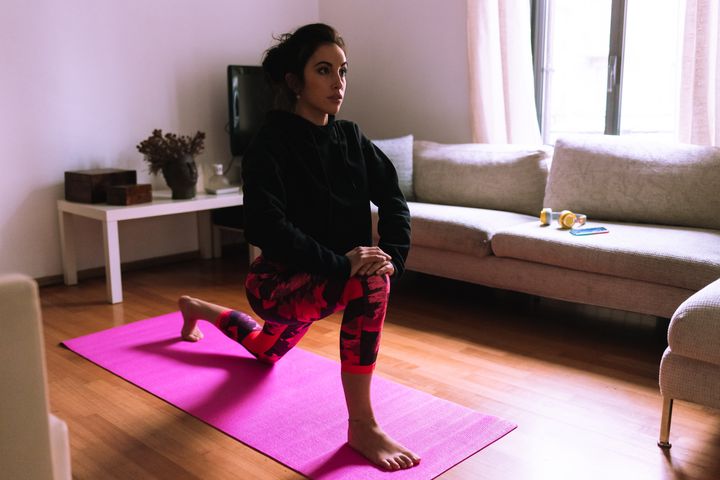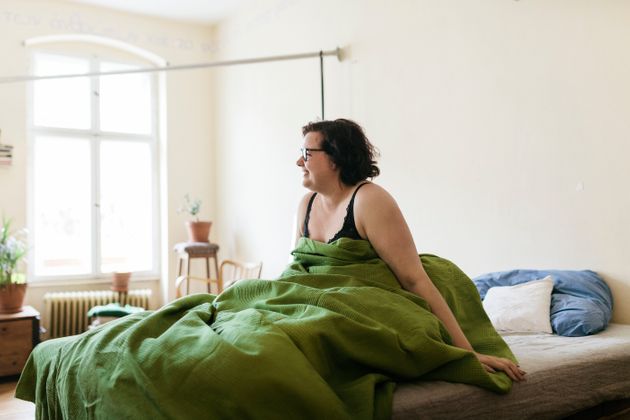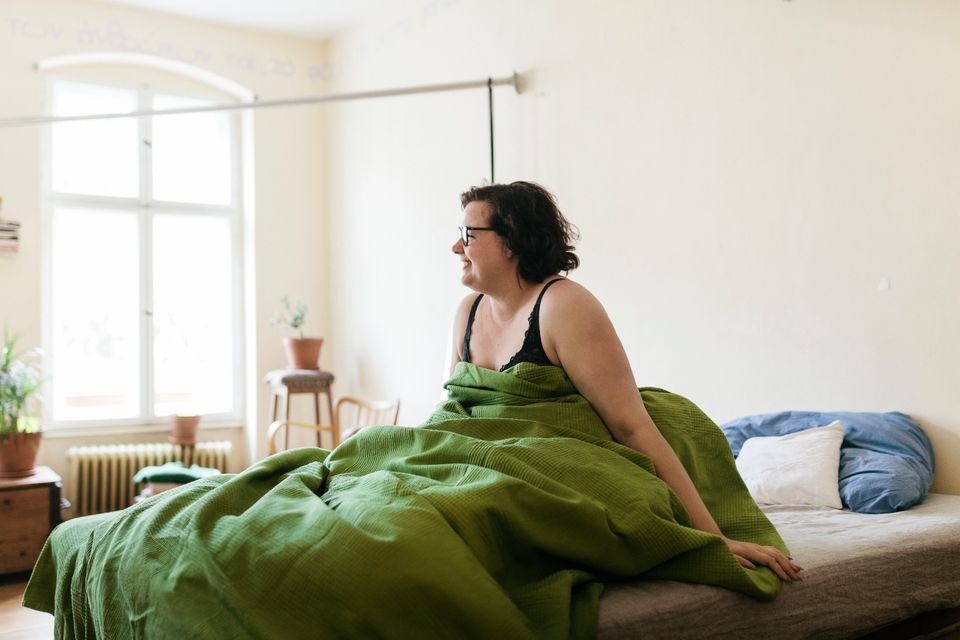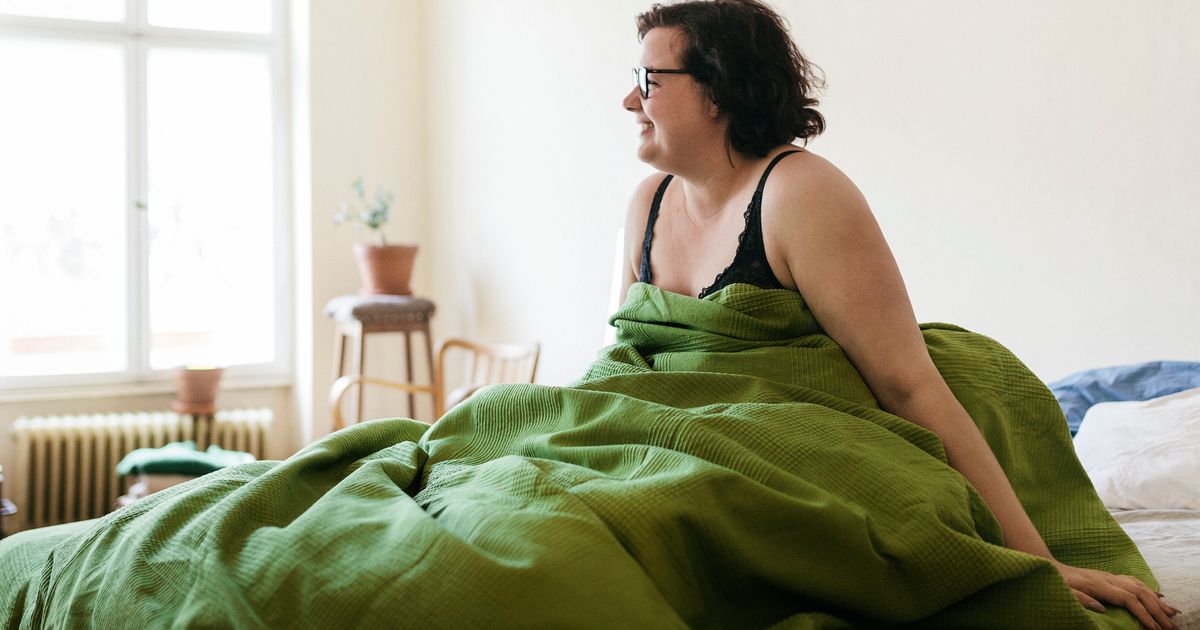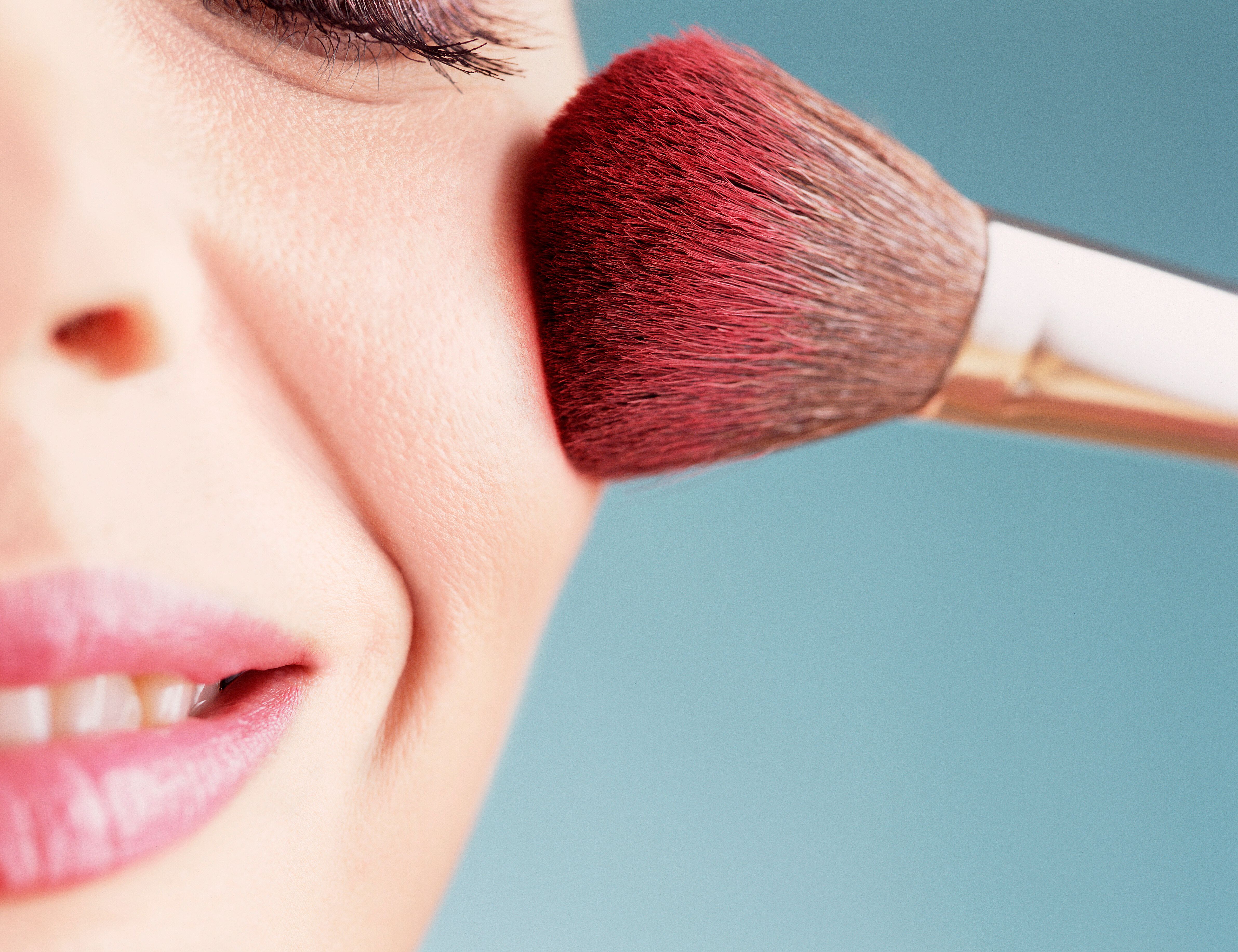
You’re reading First Thing, the HuffPost UK series helping to make your mornings happier and healthier.
If only there existed a wayback machine that could put you in bed at 10 pm last night, getting all the beauty rest you need. Instead, here you are the next morning, checking out a mirror that might as well be lit with a neon sign reading, “Look who’s tired.”
Advertisement
But all hope isn’t lost, especially if you follow these “fake it til you make it” tips from makeup experts who have been there, done that and still managed to look their best.
If you think your face can’t be fixed with mere cosmetics, experts say there’s hope for even the most tired face.
“Looking dull is a result of lack of sleep, lack of hydration or just life in general,” says Jamie Greenberg, makeup artist and founder of Jamie Makeup. “The right makeup, applied correctly, can help push your face toward what it looks like at its healthiest.”
Makeup artist Marco Campos agrees. “If used properly, makeup can really make you look like you’ve had a full week of the best sleep. With the right concealer, you basically can erase the tiredness around the eyes. A little brush up of the brows, a curl on the lash, and a hint of mascara will open and lift your eye right up.”
Advertisement
A full-face plan for looking well-rested
Remember that even though all you want to do is go lie down in the dark, brightness is your mantra for the day.
“The key is to accentuate features without looking heavy, keeping a fresh feeling to the skin and makeup,” says makeup artist Fiona Stiles. “Products with a soft sheen impart light to the face without it looking sparkly and too highlight-y, so the glow feels as though it’s emanating from you.”
Take a look at your palette and act accordingly.
“I stay away from using dark eyeliners and shadows on my eyes, and I lean into fresh colours and extra radiance to compensate for dull skin and puffy eyes,” Stiles says.
“Warmer colours like peaches and golds give the illusion of health,” says makeup artist Gregory Arlt. He also suggested thinking “upwards” with everything you do: “Applying mascara to just the upper lashes will bring a lift to the eyes, making them look more perky. Next, apply blush to the apples of the cheeks or just above. Adding it lower can drag down the face.”
If you’re running short on time, here’s a quick rundown of the most important areas:
Undereye: Makeup artist Jaleesa Jaikaran suggests starting with a peach-to-orange colour corrector to neutralise darkness.
Advertisement
“A little goes a long way, so use a little at a time, gently tapping the skin with a fluffy brush or fingertips,” Jaikaran says. “Let the colour corrector sit for a second and then go in with a full-coverage concealer to lift and brighten.”
“Don’t over-apply concealer,” says makeup artist Marco Campos. “Apply a small amount on the inner and outer corner of the eye and blend. Add a little more if needed, then gently set with a fine setting powder.”
Makeup artist Jamie Dorman remembered using eye makeup to look more awake in school.
“I used white liner on the inner rim of my eye and concealer that was lighter than my skin all around my eye, so I’d look more attentive,” Dorman says.
Lashes: “I always curl my lashes, because it’s the number one way to make you look more alert and peppy,” says makeup artist Sandy Ganzer. “It opens the eye, giving an instant refresh to your face.”
Colour matters here, too. “A dark mascara like Diorshow Black Out immediately makes dark circles less apparent and helps you look refreshed,” says makeup artist Melissa Murdick.
Advertisement
Cheeks: “Never underestimate the power of blush in the right colour,” Dorman saus. “It can seriously brighten a face and bring out your eyes.”
Lipstick: “Put a drop of bright lipstick on the bridge of the nose to give the face a brighter, more healthy look,” Arlt suggests.
DIY hacks
Even if you don’t have tons of fancy cosmetics, there are ways to energise your look on the cheap.
Ice, baby: “If you don’t have a cool jade roller or face mask to take down puffiness, just rub an ice cube under your eyes with clean hands,” Greenburg says.
Curl with cutlery: “In a pinch, you can heat the curve of a spoon with a blow dryer and very carefully press it gently to your lashes to get a curl,” Ganzer says.
Spoon me: “If you don’t have access to your favourite products, put metal spoons in the freezer for five to 10 minutes, then use them under your eyes to smooth out puffiness,” Jaikaran says.
Advertisement
Coffee (inside and out): “A DIY help for dark circles is to add a touch of water to crushed coffee beans, apply it as a paste, let it sit for seven minutes and then wash it off with cold water,” Jaikaran says.
Take it easy
Finally, remember that as tired as you are, less might be more when it comes to camouflaging fatigue. “The techniques don’t have to be drastic,” Campos says. “Small tweaks can really make you look more alert and ready to take on the day.”
And keep these words from Murdick in mind: “If you look tired, it’s OK. Don’t pick yourself apart or give it too much of your focus. We all have good days and off days, but you’re still beautiful, I promise.”
Below are some of the experts’ favourite makeup picks for your most tired days.
First Thing is a HuffPost UK Life series giving you tips and advice on how to enjoy your mornings. Whether you’re an early bird or night owl, starting your day off right will make for a happier and healthier day. We’ll be sharing exercise advice, nutrition guidance, as well as ideas on forming new habits. (And no, the answer to a productive morning isn’t just setting an alarm for 5am!)

